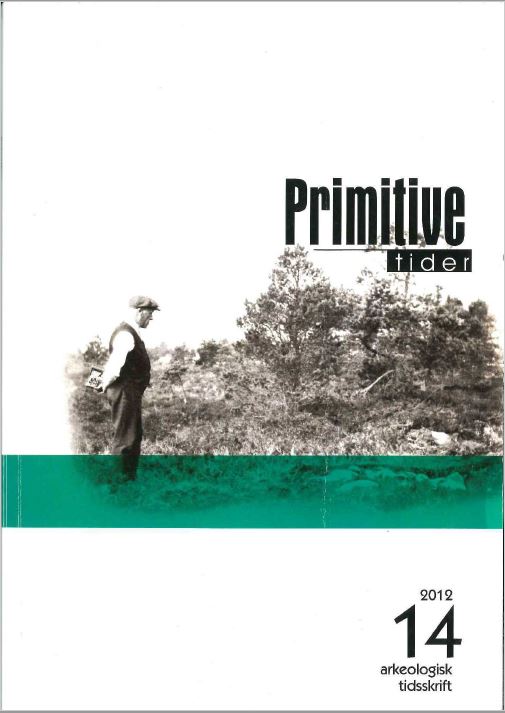Älgens roll i ett neolitiskt tänkande. Om fångstgropar, skärvstensvallar och hällbilder i mellersta Norrland
DOI:
https://doi.org/10.5617/pt.7241Sammendrag
The moose and its place in the Neolithic thinking
The study argues that the concept of Neolithisation can be applied to the Stone Age hunter-gatherer communities of Middle Norrland. The point of departure is that Neolithisation can be regarded as a form of production, a cognitive structure, rather than being reduced to a term signifying the presence of farming or animal husbandry. Since phenomena such as collective practices and organisational endeavours comprised the prerequisites for the stationary archaeological remains in Middle Norrland, the notion that this society has been permeated by what I refer to as a ”Neolithic way of thinking” is well supported.
The introduction of this Neolithic way of thinking should not, however, be regarded as a consequence of climatologic or demographic changes. Such factors would have resulted in a rapid and intentional initiation of this cognitive structure, aimed at maximising returns as quickly as possible. The stationary archaeological remains in Middle Norrland provide no support for such a process, since they are not the result of a limited, intense construction phase. Pit falls and rock art have accumulated, and been elaborated and added to over hundreds, sometimes thousands, of years.
Instead of regarding the Neolithic way of thinking as the consequence of environmental or demographic stress, I suggest that it can be perceived as the fruit of ”material interaction”. Phenomena such as collective practices, organisational endeavours or regulations of the landscape sprung from the activities and attitudes required in order to make use of the pit falls, walls of fire-cracked stones and rock art. In other words, the Neolithic way of thinking evolved as a reaction to the presence of these remains in the landscape.
Nedlastinger
Publisert
Utgave
Seksjon
Lisens
Fra og med årgang 2021 er innholdet i Primitive Tider lisensiert gjennom Creative Commons Navngivelse 4.0 Internasjonal (CC BY 4.0).
© CC BY-NC (2014–2020)
Verk mellom 2014 og 2020 lisensieret under en Creative Commons Navngivelse-IkkeKommersiell 4.0 Internasjonal.
© Forfatter(ne) (1998–2013)
Verk mellom 1999 og 2013 er beskyttet av åndsverkloven. Uten eksplisitt autorisasjon er reproduksjon kun tillatt i den grad dette er i henhold til loven, eller etter avtale med rettighetshaver eller en kollektiv forvaltningsorganisasjon.


